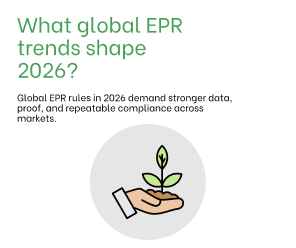The guideline for VAT compliance
The guideline for VAT compliance
Since 2015, countries have applied new rules for e-commerce and transborder trade, and those who trade online are obligated to pay VAT in the country of the buyer. You might want to know if and how the new rules apply to you, including the need to obtain and use a VAT number.
Who is affected
If any of the statements below are relevant to you:
- You sell to individuals (not companies) in multiple nations;
- You sell goods online;
- You sell goods on marketplaces.
Having a valid VAT number in each relevant jurisdiction is a key requirement for compliance with these rules.
Who is not affected
If you sell on a large marketplace that manages VAT as agents and retains local VAT from the total amount received from buyers. In this case, nothing has changed for you, as the marketplace’s VAT number is used to handle these transactions.
Steps to abide by the rules:
- Register for VAT in the countries of your buyers;
- Collect buyer’s information: phone number, payment methods, address, etc;
- Set up the pricing strategy: inclusive or exclusive (includes VAT or not);
- Calculate VAT each for payment individually;
- Submit VAT returns in each of your buyers’ countries;
- Store the VAT-related documents for at least 10 years.
Where will tax authorities receive information?
Tax authorities can receive information about your transactions from the sources below:
- marketplaces;
- payment processors;
- payment methods;
- customs etc.
What will happen if I do not pay the VAT
- blocking of your website;
- penalties of 10% to 100%;
- delivery withheld by customs.



